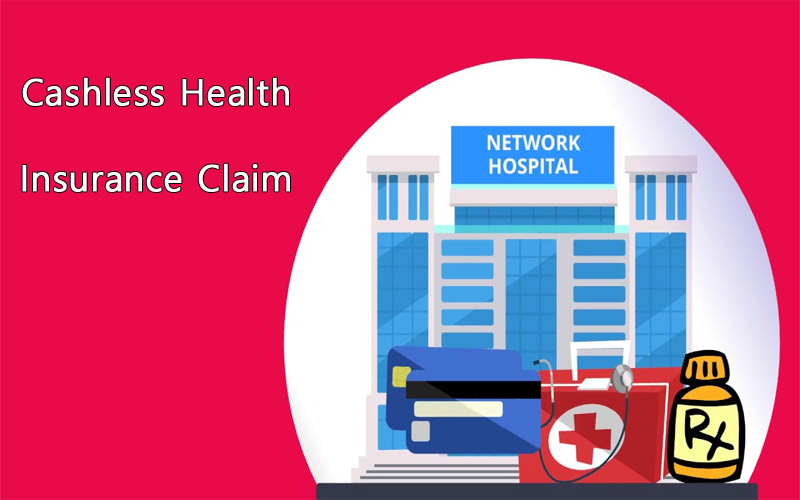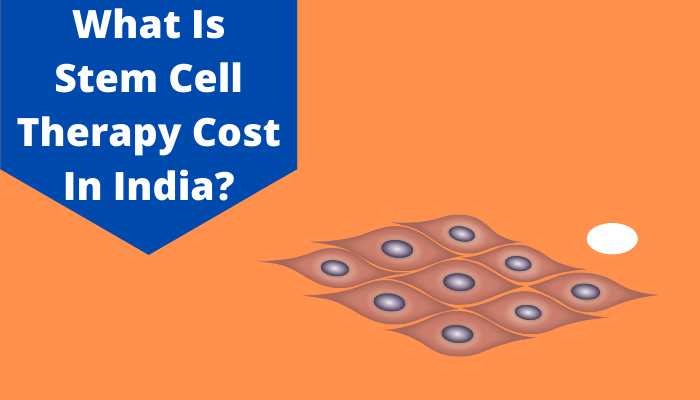Steps to make Cashless Health Insurance claim
A health insurance policy has grown from being an option to a necessity due to the uncertain situation prevailing in the world. In addition to the pandemic, the change in habits, eating patterns, and sedentary lifestyle have also brought drastic changes to human health, leading to a rise in various diseases. Furthermore, with the cost of medical treatment also skyrocketing, having a health insurance cover for you and your family will undoubtedly save you from going through a financial crisis by using its cashless claim facility.
When discussing claims in health insurance, you need to know two types of claims – 1) Cashless claim and 2) Reimbursement claim. Both claims assure your medical expenses to be compensated by the insurer, but the methodology differs. But experts advise opting for cashless insurance claims for its benefits. Please read below to know more about what is a cashless claim in health insurance and why it is essential compared to the other.
What is Cashless Claim?
The cashless claim meaning is quite simple. A policyholder is not required to pay for the medical treatment undergone if admitted to any of the hospitals in the insurer’s network list. Instead, the expenses incurred towards treatment, hospitalization, surgery, medicines, OPD costs, consumables, etc., shall be paid by the insurance company to the hospital directly. The policyholder needs to quote the ID or number of the cashless health card at the hospital’s insurance desk, who will verify the details and approve the claim request within a few hours.
How to claim a cashless claims health insurance policy?
In an unpredictable environment, being prepared for all possible outcomes improves your chance of making it through any problematic situations. Knowing how to file a cashless claim with your health insurance policy is as essential as paying your premiums on time for the same policy.
Cashless Health Insurance Claim Process
Here is a detailed and comprehensive guide on the cashless health insurance claim procedure with your health insurer:
- Inform your insurer or a third-party administrator (TPA) about your hospitalization in advance if you have planned early.
- Get admitted to a hospital that is listed under your health insurance network list. Cashless mediclaim procedure is not available in non-network hospitals.
- While getting hospitalized for the treatment, make sure to opt for the cashless hospitalization option. Also, make sure the illness or ailment is included in the list of covered illnesses, or else your claim could be rejected.
- Fill in the authorization form at the hospital’s insurance desk, mentioning your health cover details, which may include an ID or membership number and other personal information.
- Please provide all the documents related to medical treatment along with the form, as the hospital may ask them to process your cashless claim. This would include your proofs, medical report, diagnosis, etc.,
- If all the provided information is found correct, your hospital will get approval from the insurer to settle the expenses bill directly. Do not forget to collect the approval confirmation from the hospital for your future reference.
If you follow the above steps carefully, your cashless claim will quickly get approved until you request any more specific details. Some insurers do ask for original medical reports and bills to be submitted to them after the claim settlement, but it is purely at the insurance provider’s discretion. Therefore, it is always suggested to keep a copy of the submitted documents with you for future reconciliation.
Documents required for health insurance cashless claim:
A cashless claim doesn’t require you to submit a long list of documents as the hospital will take care of the necessities with the insurer by providing them with the necessary set of items that are relevant to your hospitalization. But, there are a few other documents that you will need to submit to the hospital for them to initiate the cashless procedure. They are:
- Filled-in and signed claim pre-authorization form
- KYC Documents (Aadhar Card, PAN Card, etc.)
- Doctor’s prescription recommending medical tests, hospitalization, and medicines.
- Original bills from the pharmacy (if available)
- Copy of the FIR (if applicable)
- Original Policy documents/ cashless health card
- Medical reports supporting your medical condition and hospitalization.
A copy of the above-listed documents must be preserved at your end till the entire claim settlement process is completed.
Top 4 Benefits of Cashless Health Insurance Claims
The cashless mediclaim process has many advantages for the policyholder and is why it is suggested as the top choice by insurance experts while choosing the best health insurance policy. Here are some of the top benefits of cashless claims:
- It saves you from spending money out of your pocket towards medical treatment at the time of admission if it is an unplanned emergency. The approval is also immediate, helping you and your family focus on the treatment rather than the finances.
- Financing a high costing medical treatment becomes easy with the cashless health insurance claim. There is no requirement to get loans or ask money from friends and family for funds.
- It helps you stay away from providing tons of paperwork for processing the health insurance claims. The procedure for cashless mediclaim is relatively smooth, especially in a network hospital, as you just need to provide them with your health card number or membership id and sign the pre-authorization form to get admitted, making the entire process smooth and hassle-free.
- The payment released by the insurer directly to the hospital helps in avoiding unnecessary waiting time, as in the case of reimbursement claims.
Health insurance companies are now projecting cashless benefits to their policyholders to attract more and more customers as the advantages for the public are high. It is essential for policyholders to do their research on the insurance companies by checking their claim settlement ratio, customer service, claim processing time, etc.




























